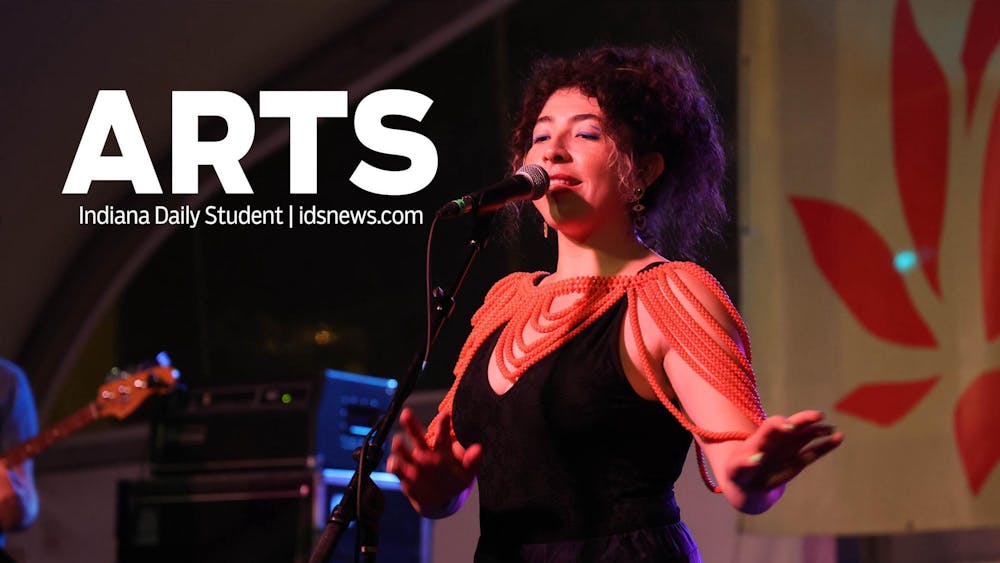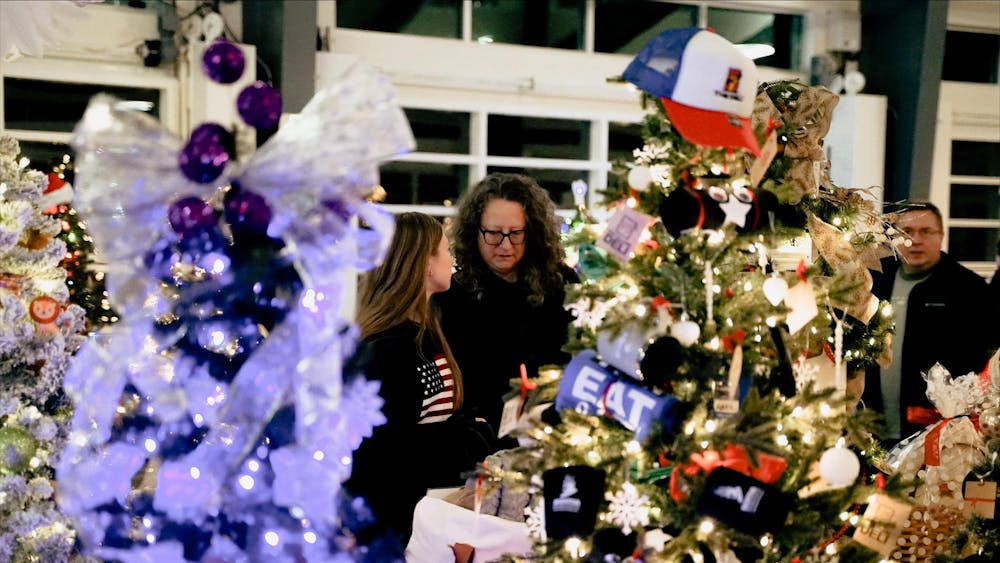INDIANAPOLIS -- Don't be afraid: it's only a museum. That's what those at the Indianapolis Museum of Art are saying as it reopens after a renovation aimed at attracting the reluctant visitor.\nThe museum is reopening this weekend after being closed to the public since January as crews completed work on the new look that began in late 2001. About 6,000 square feet of space has been added to the museum's first level, which houses the American and European galleries, and other sections of the museum are scheduled to reopen through next year.\nDiane De Grazia, the IMA's deputy director and interim chief art officer, said research showed that some people thought the museum was intimidating and that children weren't welcome. So museum staffers hope the building's new design will appear more inviting to the public.\n"Museums were founded as educational tools for the public, and somehow along the way, a lot of the public that these museums were made for weren't coming," De Grazia said. "You have to make people feel welcome."\nIMA officials say the first step in making people feel welcome is the new towering glass entrance pavilion, which De Grazia compares to the Vatican's colonnades -- an architectural allusion to welcoming arms.\n"There was a very conscious effort to open things up, to make sure that we had places for families and that people are welcome," De Grazia said.\nThe museum's reopening to the public is Friday, with celebration events scheduled through the weekend.\nIf people once thought that the IMA was a bit too serious or stuffy, one new exhibit might dispel that notion.\nThe newly added Star Studio houses "Amorphic Robot Works: The Feisty Children," a troupe of child-sized robots resembling stick figures that clank and gyrate when visitors approach. In a room adjacent to the gallery, children and families can create crafts to take home.\nA short stroll from the robots, a new space with walls painted in a subdued hue of red is the backdrop for Raphael's "La Fornarina," a 16th century masterpiece that has appeared at only two other museums in the United States.\nThe painting is on loan from the National Gallery of Art at the Palazzo Barberini in Rome, and IMA officials also brought in 15 related works to help visitors understand more about the painting, the artist and the time in which he lived.\n"This is a beautiful painting, but if you don't know anything about it, you just think it's a beautiful nude, and you may not understand what it meant in the 16th century," De Grazia said.\nOne of the accompanying works, "Honors Rendered to Raphael on his Deathbed," by Pierre-Nolasque Bergeret, is a portrait of the dying Raphael, surrounded by notable artists of his time. Next to the painting is a numbered key naming each figure in the bedside scene.\nDe Grazia said displaying just a title and artist's name next to a painting does little to help visitors understand what they're seeing. That's why the museum has posted short, bulleted lists alongside works of art to give people more information.\nThe museum also is testing 20 new hand-held devices that, through wireless technology, allow users to learn more about specific works of art as they walk through the museum. And in the new Davis X Room, people can put on a pair of 3-D glasses to take a virtual-reality look at objects from the IMA's Chinese collection.\nTechnology will allow people to see how Renaissance artist Giovanni Bellini created a painting. A Web site, which can be accessed from the gallery or offsite, uses infrared reflectography to show the underlying sketches that Bellini used to create his finished works.\n"I think quite a few art museums have realized that people are fascinated by the science behind conserving and authenticating and the restoring ... it's true, people want to know how something is made," said Linda Duke, director of education for the IMA.\nAs the IMA made last-minute preparations for its opening, museum experts from across the country were in Indianapolis for the American Association of Museums convention. Professor Jay Rounds of the University of Missouri-St. Louis, said a common conversation topic among convention attendees was whether museums should try to be more user-friendly to attract visitors.\nBut Rounds said museums -- like churches -- were deliberately designed so that visitors enter a separate world when they cross the threshold. And Rounds wonders whether art museums that adopt a more approachable look might lose some of what makes them special spaces.\nTraditional museum architecture is "assumed to heighten your receptivity to the kinds of experiences that you'll have inside the museum," he said.\nBut the IMA is counting on the new building to lure newcomers inside.\n"Come in for half an hour. Come in for the day," De Grazia said. "Or walk the grounds and don't come in, but start to feel comfortable. Maybe the next time you'll come in"
Indianapolis art museum hopes revamped look draws new visitors
Museum finally unveils new, renovated design
Get stories like this in your inbox
Subscribe





